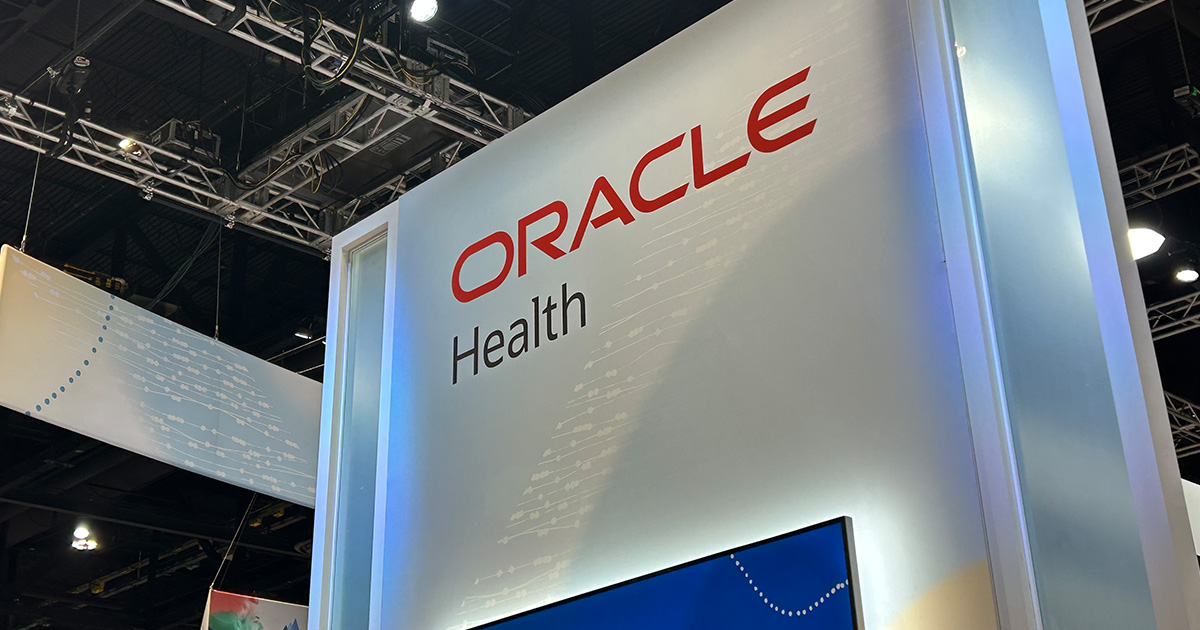Vendor Medsphere is known for its EHR software OpenVista, built from the open source Vista EHR developed by the U.S. Department of Veterans Affairs. It’s a flexible system that, because of its open source heritage, “plays nice” with other healthcare information systems and can be easily expanded to include evolving features and functions, the vendor said.
But there is talk that the VA might be considering switching to a commercial off-the-shelf EHR. Might such a switch harm the vendor that famously offers an EHR based on that VA system?
Not at all, said Irv Lichtenwald, president and CEO of Medsphere Systems Corp.
“This is the nice thing about what we built: The core initial base came from the VA, but Medsphere has for quite a long time been adding to the code and through OpenVista offering a much broader EHR than the base Vista product,” Lichtenwald said. “If in the unlikely event there is some change at the VA, that does not impact us at all. Not any more than if you look at Epic or Cerner, where their base products have been the same, and they have added goodies and made changes – but the fact that someone else may not still be using their base products does not change the fact that Epic or Cerner will continue to change their base products they started with.”
The Medsphere CEO contended the company’s EHR offers healthcare provider organizations the benefits of a major investment by the U.S. government as well as the benefits of ongoing investments by the vendor.
“The heritage of the OpenVista product comes out of a wonderful $8 billion jumpstart paid for by the American taxpayer, and we have taken that as a base and added on top of it to meet the needs of the commercial market,” Lichtenwald said. “Moving into the commercial market, we did not have to recoup that large investment, we have to recoup and maintain the investment we have made on top of it. That allows us to be more cost-effective in our pricing, and actually has nothing to do with open source.”
Lichtenwald added that the heritage of Medsphere drives the company’s culture, which in turn drives the vendor’s EHR work.
“Medsphere’s culture is a key differentiator,” he said. “We have a moral obligation to help bring healthcare to all Americans because the core of our product was started from something funded by American taxpayers. So, culturally we have long-term relationships with hospitals to help them not have to throw around a lot of money when they do not need to do so.”
Lichtenwald added that the open source nature of the company’s OpenVista EHR is another differentiator as this type of technology enables better interoperability with other healthcare IT – interoperability being a major concern in the industry today.
“Hospitals may have departmental systems they picked up over the years and then decide they need a new EHR vendor, and the EHR vendor comes in and says ‘you have to use all of our stuff and only all of our stuff,’ so that means that product is not technically designed to play nicely with others within a hospital,” Lichtenwald said. “Medsphere does not require that hospitals we work with only go our way, and this has to do with how Medsphere brings this open source technology to market in a fashion that makes it affordable for everybody but also flexible to meet the needs of whatever a hospital wants to do.”
One advantage of open source technology is the ability of an individual organization to innovate with the tech because of its open nature. But Lichtenwald said Medsphere’s customer base of provider organizations does not spend much time augmenting what already is in place.
“Hospitals generally have not been innovating with the open source technology,” he said. “The vast majority of our clients do not innovate because they just want a good system to run their business, a good system they can afford. However, every now and then there is a client, usually a larger client, that comes up with an idea and asks if they can do this or that, and we will work with them or they will scope things out for us, and then we QA it and agree, and if there is something we want to throw into the pot for the collective whole, then Medsphere is responsible for that.”
Medsphere said it will continue to add such features and functions to meet the ever-changing needs of the market. It recently merged with MBS/Net, a vendor of ambulatory physician practice-oriented services and applications, to add to the Medsphere portfolio. Lichtenwald hinted not to be surprised at more such activity at Medsphere in the future.
“One reason we like folks like MBS/Net – and why you likely will see more activity from us in this area – is they add to our ability to help not only the patient but the local community in part through being cost-sensitive to hospitals,” he said. “How do hospitals make money? They have butts in beds. They come through the ER or the doctor referral. So having the ability to have records nicely flow between physicians’ offices and hospitals is an important thing not only for the financial component of the hospital but also for patient care.”
Twitter: @SiwickiHealthIT
Email the writer: bill.siwicki@himssmedia.com


